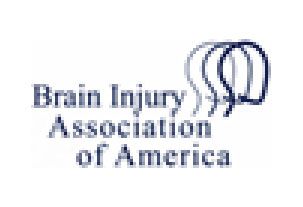ScienceDaily reported in April 2012 that researchers at the Perinatology Research Branch of the National Institutes of Health, housed at the Wayne State University School of Medicine and the Detroit Medical Center, had successfully used a “nanotechnology-based drug treatment” to dramatically improve cerebral palsy symptoms in newborn rabbits. According to ScienceDaily, “the study is the first to show that an anti-inflammatory drug delivered with a nanodevice can dramatically improve CP symptoms in an animal model.” Researchers now believe there may be a window of opportunity immediately after birth during which drug treatment can minimize the effects of cerebral palsy.
The U.S. Centers for Disease Control and Prevention estimates that each year, 100,000 babies born in the United States develop cerebral palsy, a group of neurological disorders marked by intellectual limitations, hearing problems, impaired vision, behavioral problems, seizures, difficulty speaking, learning disabilities, poor balance and coordination, and muscular deformities. According to Dr. Roberto Romero, chief of the Perinatology Research Branch and one of the study authors, “The key finding of this work is that early identification of neuroinflammation allows postnatal treatment. This suggests that there is a window of opportunity to prevent cerebral palsy.”
Cerebral palsy treatment usually involves treating the symptoms, such as prescribing medication to prevent seizures, using physical therapy to strengthen and stretch muscles, overcoming speaking difficulties through speech therapy, or undergoing surgery to lengthen muscles and tendons. Treating the condition itself proves difficult, because as ScienceDaily points out, “transporting drugs across the blood-brain barrier . . . represents a challenge.”
Researchers at the Perinatology Research Branch set out to use a nanodevice to transport a drug across the blood-brain barrier and target cells responsible for cerebral palsy. Rabbits born into the study with CP had trouble hopping or walking and were treated intravenously with either:
- A saline solution
- A drug known as NAC, an anti-inflammatory and antioxidant agent
- D-NAC, which is NAC combined with a dendrimer, a nanotechnology used for targeted drug delivery
According to ScienceDaily, rabbits treated with D-NAC during their first day of life were able to walk and hop within five days. They also showed “a higher neuron count and lower evidence of inflammation compared to untreated animals.” While the approach and drug compounds used in this study are not yet approved for human testing, Dr. Valerie M. Parisi, dean of the Wayne State University School of Medicine, believes it has promise. Dr. Parisi says the research “has the potential to pull back a curtain that has shrouded a medical challenge not just in relation to cerebral palsy, but with other conditions that affect millions around the world.”
If your child developed cerebral palsy after suffering a birth injury, contact an experienced cerebral palsy attorney today to learn about your legal rights. A cerebral palsy lawyer will evaluate your birth trauma case to determine whether you may be entitled to compensation for your child’s birth defect.













